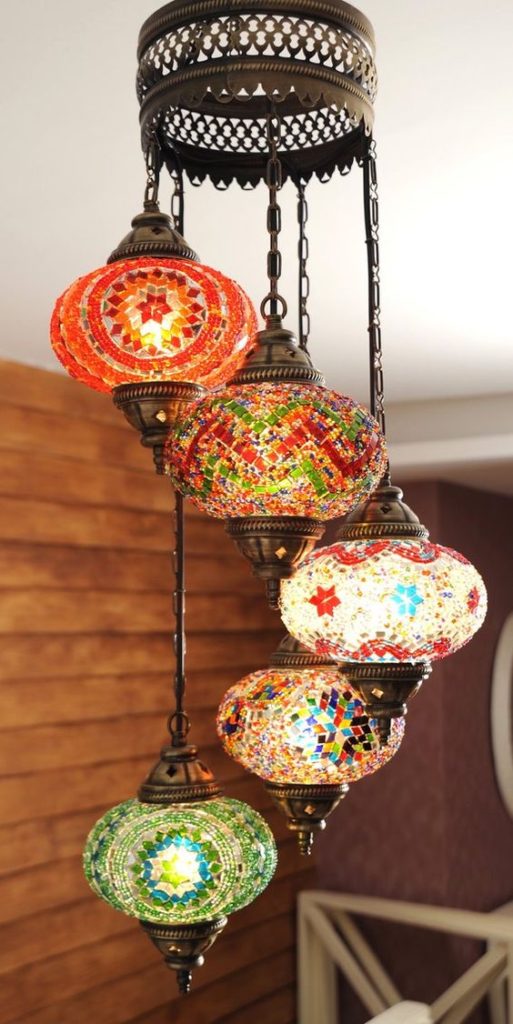Lighting a room seems easy enough: Plug in a lamp, flip a switch, and voilà! What was once dark is now bright. But certain missteps can cause a comfy space to feel, well, off. Here some common mistakes to avoid:
Overhead lighting is a go-to option in many spaces, but it’s often not enough. If you omit task lighting, like floor lamps and table lamps, reading on your couch or writing at your desk could strain your eyes. And if you only install can lights in your bedroom, you won’t get the cozy quality that bedside lamps can provide.

Want to get super fancy? Accent lights that highlight art, cabinet interiors, or walls (think sconces) can add a luxe design element to a room.

Think about dimmer switches, they allow you to control your lighting from day to night, for various events, and depending on your mood. A quaint dinner party simply isn’t so quaint if your dining room is lit up like a stadium.
Fixtures add a personal touch to a room however too-small chandelier over a large dining table or an oversized lamp on a table next to a sofa will make the area look disproportionate.”
And don’t rely on eyeballing it when you get to the store. Fixtures often look smaller in lighting showrooms, so bring measurements.
The
distance the lights hang is also important. The bottom of a pendant light
should be 30 to 36 inches above a kitchen island, the bottom of a chandelier
should be 66 inches from the floor in a dining room, and when you’re sitting
next to a table lamp, the bottom of the shade should be at shoulder height. If
the lamp is too tall, you’ll be blinded by the bulb!

No
matter how many lights you place in a room, it just won’t have that light airy
feeling if the walls are too dark. This seems obvious, but even slightly
different hues in the same color family can make a difference. I painted my
kitchen a green tone, and it caused the room to appear very dark. I painted the
living a yellow which brighten the room up without lights.
OK, you do not want to put in new light fixtures, maybe just change the bulbs. Longer-lasting CFL and LED bubs can cost more up front, but can save you money over time. Of course, they won’t be perfect in every space; for instance, they often don’t work with dimmers. Bulbs come in daylight, soft light, and many other types. If you have a farmhouse design, you will want to use decorative bulbs like the Edison bulbs which are popular now.



